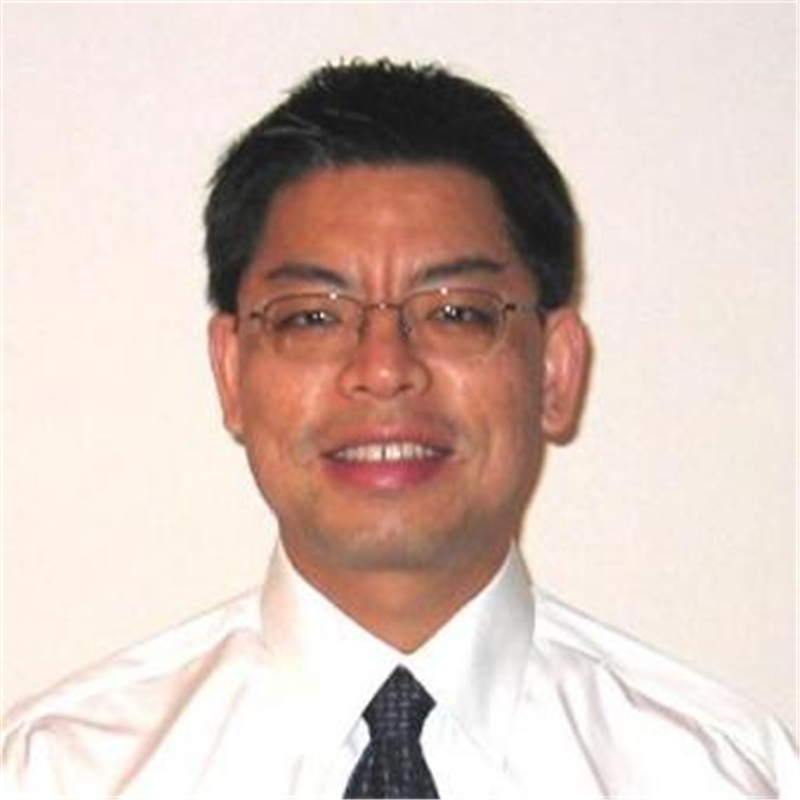報告題目:Heterostructured “Binary Materials” for Photodetection from Mid-Infrared, Visible, to X-ray
報告人:吳韜 教授
講座時間:2018年12月5日上午9:00
講座地點:友誼校區老圖書館401
邀請人:劉小鋼 教授
承辦單位:柔性電子研究院
聯系人:王添
聯系電話:18269103286
報告簡介:
Light-matter interaction is a long-lasting theme in condensed matter physics and optoelectronics. Light detection in different wavelength regimes is the foundation of a wide range of sensing, imaging, medical and surveillance technologies. In this talk I will discuss the use of transition-metal oxides, hybrid organo-metal perovskites and mixed-dimensional heterostructures with proper bandgaps and architectures to detect photons with different wavelengths. First, for visible light detection, we demonstrate that combining 3D hybrid perovskites with high-mobility 1D carbon nanotubes or 2D two-dimensional metal dichalcogenides significantly enhances charge transport and device performance [1,2].Second,we report a mid-infrared (up to 10 um) hybrid graphene photodetector enabled via coupling graphene with a narrow bandgap semiconductor Ti2O3 [3]. Finally,using epitaxial ferroelectric/semiconductor oxide junctions with a current-perpendicular-to-plane geometry, we achieve a new X-ray detector with colossal persistent X-ray-induced photoconductivity [4].
F. Li, et al., Advanced Materials, 2017, 29, 1602432.
C. Ma, et al., Advanced Materials, 2016, 28, 3683.
X. Yu, et al., Nature Communications, 2018, 9, 4299.
W. J. Hu, et al., Advanced Functional Materials, 2018, 28, 1704337.
報告人簡介:
 Dr. Tom Wu (吳韜) received his B.S. degree from Zhejiang University in 1995 and Ph.D. degree from the University of Maryland, College Park in 2002. Before joining University of New South Wales (UNSW) in Sydney as a full professor, he worked as postdoc in Argonne National Laboratory in Chicago, assistant professor in Nanyang Technological University (NTU) Singapore, and associate professor in King Abdullah University of Science and Technology (KAUST). Dr. Wu has authored 240 peer-reviewed papers with a H-index of 60 in the areas of oxide thin films, nanomaterials, and hybrid perovskites, with a focus on their electronic, magnetic and optical functionalities. His group has witnessed the career development of 14 PhD students and 25 postdocs. He also serves as an Associate Editor for ACS Applied Materials & Interfaces.
Dr. Tom Wu (吳韜) received his B.S. degree from Zhejiang University in 1995 and Ph.D. degree from the University of Maryland, College Park in 2002. Before joining University of New South Wales (UNSW) in Sydney as a full professor, he worked as postdoc in Argonne National Laboratory in Chicago, assistant professor in Nanyang Technological University (NTU) Singapore, and associate professor in King Abdullah University of Science and Technology (KAUST). Dr. Wu has authored 240 peer-reviewed papers with a H-index of 60 in the areas of oxide thin films, nanomaterials, and hybrid perovskites, with a focus on their electronic, magnetic and optical functionalities. His group has witnessed the career development of 14 PhD students and 25 postdocs. He also serves as an Associate Editor for ACS Applied Materials & Interfaces.